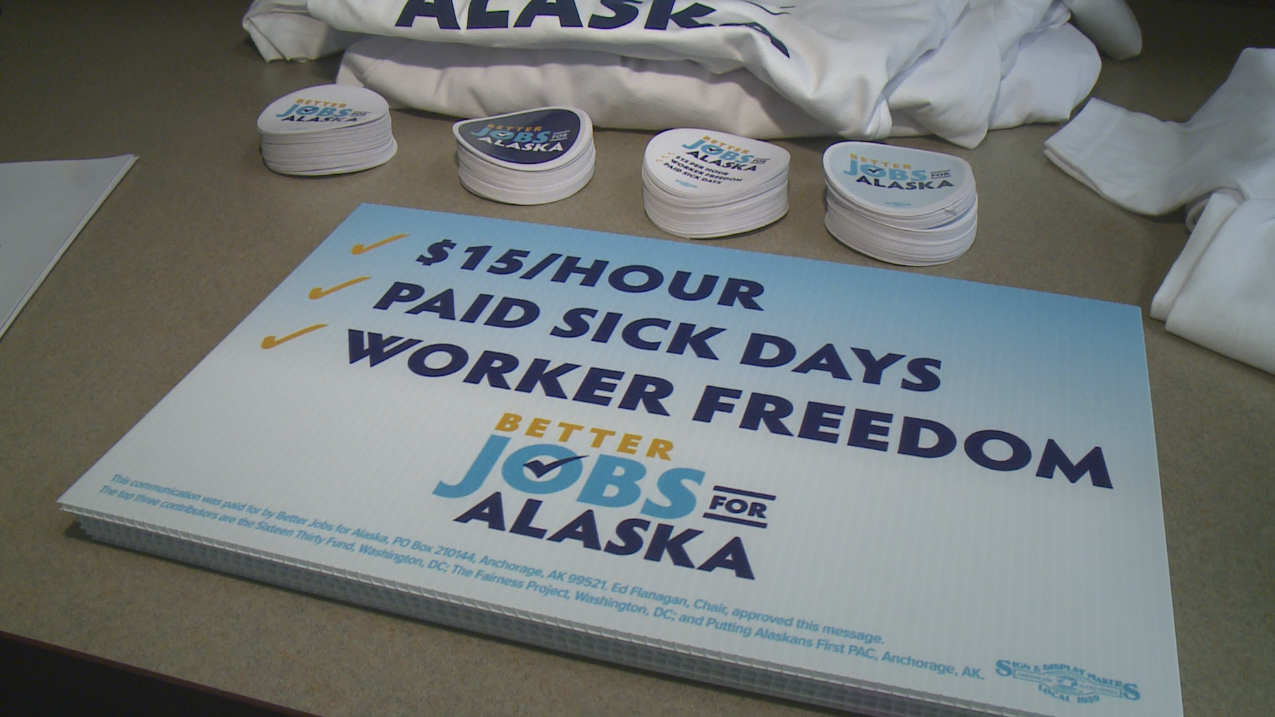Starting January 1, 2023, Washington employers with 15 or more employees must follow new pay transparency laws. With the addition of Washington and California, 1 in 5 employees nationwide will be covered by pay transparency laws. First, however, employers can learn from new New York City ordinances.
New York City launched newly enacted pay transparency laws starting on November 8, 2022, requiring employers to include a good-faith salary range in job postings. The laws are designed to ensure that wages for women and minorities, who traditionally have been underpaid, are equal to men’s wages. But, ‘good faith’ means different things to different employers.
A recent ad from Citibank listed a Financial Analyst position with a salary range of $0 to $2 million. The New York Post is advertising a job for a news reporter with a salary range from $15/hour to $125,000 a year. JP Morgan Chase posted an ad on Indeed for a software engineer with a range of $137,750 to $225,000 a year. TikTok advertised an HR position ranging from $111,600 to $249,600 annually. Some ads still have no pay range posted. Unfortunately, the spread for this position is so broad that it is essentially meaningless.
The New York City Commission on Human Rights is tasked with investigating complaints about employers not following the new regulation. The first infraction will result in a warning to the company. A second violation could result in a fine of up to $250,000. In addition, they are now looking to enact new legislation to regulate the good-faith salary range to be no less than a 30% spread from the lowest posted salary.
Though some employers are pushing back against the new law, employment lawyers said taking a hard look at salary structures and posting realistic salary ranges will benefit both the company and the applicant.
What do companies need to do to prepare for pay transparency?
1. Review the pay ranges for all current positions
According to a recent survey, 88% of workers will demand to know the salary range for their current position. This disclosure is required upon request in California. In addition, 68% of employees will request to be at the highest end of the known salary range, whether justified or not.
In the same survey, 1 in 20 workers would quit if it was revealed that co-workers earn a higher wage for the same role, and 63% would demand equal pay. These challenges can make reviewing pay ranges difficult. You can assume that if there is a job posting for a company role, current employees in that or a similar role will see it.
Find you have wide pay ranges with employees doing similar roles. It may be time to classify the position into, for example, Level 1, Level 2, and Level 3 with separate pay ranges. Make sure to note the differences between these levels in the job posting. Differences can include increased responsibilities in a project, the number of clients served, supervision of other employees or budget, additional certifications, years of experience, or other deciding factors. When going through this process, define ways employees can advance to higher levels.
2. Consider options for pay ranges for new postings, including how broad the range should be and how applicants will perceive this
When looking for a job, 85% say they are more likely to apply to a job that lists a salary range in the job description. An applicant is more likely to apply for a position that has a range within their standard of living than one which will not fit their economic need. From a recruitment standpoint, listing the range saves time and money. However, as stated earlier, having a scale too wide can negatively impact prospective applicants, as this is a turn-off for qualified candidates who may feel the company is not listing the range in good faith.
Remember posting a salary range does not mean the company is required to stay within this range. For example, a company can offer more money or a different level position (with more money) if the candidate has superior qualifications for the position that exceeds those of anyone currently in the role. However, any higher salary above the amount in the positing will change the range for future postings for that position.
3. Ensure any existing postings that remain visible after the law goes into effect (including on third-party sites like LinkedIn or Indeed) include the required pay ranges
An audit should be completed for all existing postings, and a process created for all new postings to ensure proper pay ranges are reviewed. This audit should include all internal and external communications, including internal websites, social media posts, and external job boards such as CareerBuilder, Glassdoor, Indeed, LinkedIn, Monster, ZipRecruiter, and others.
In addition, in Washington, “a general description of all of the benefits and other compensation to be offered to the hired applicant” must be included in the job posting. For example, these benefits could include Medical, Dental, Life Insurance, and any other benefits that must be reported for federal tax purposes. In addition, all Paid Time Off must be listed, including the number of days or hours accrued, the number of paid holidays, and more generous paid sick leave than the Washington state minimum. Finally, “Other Compensation” includes, but is not limited to, any discretionary bonuses, stock options, or other forms of
compensation in addition to the established salary range or wage scale. Having this information on a corporate website and linking it to the job posting is permissible as long as the benefits are offered to all employees.
It is best to develop a plan to avoid any potential conflict related to compensation. Engage with compensation consultants or similar resources to create competitive and appropriate salary ranges. Because there may be legal implications of doing so, consult with employment counsel as well. Click here for more information on the Washington Equal Pay and Opportunities Act proposed rules.










